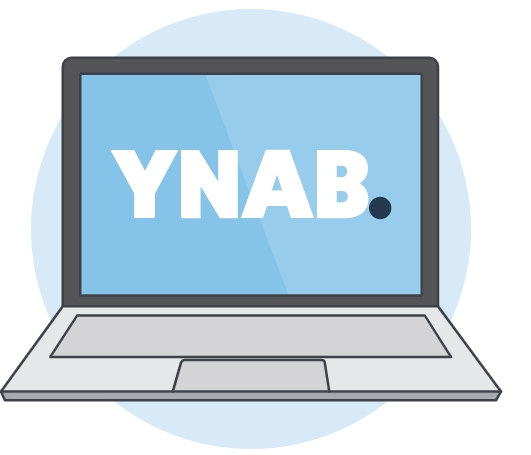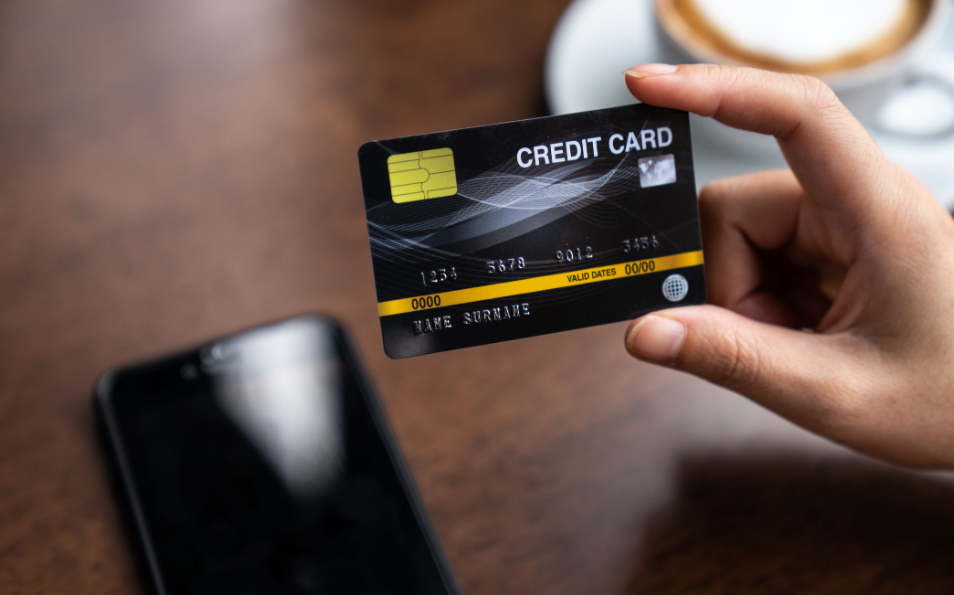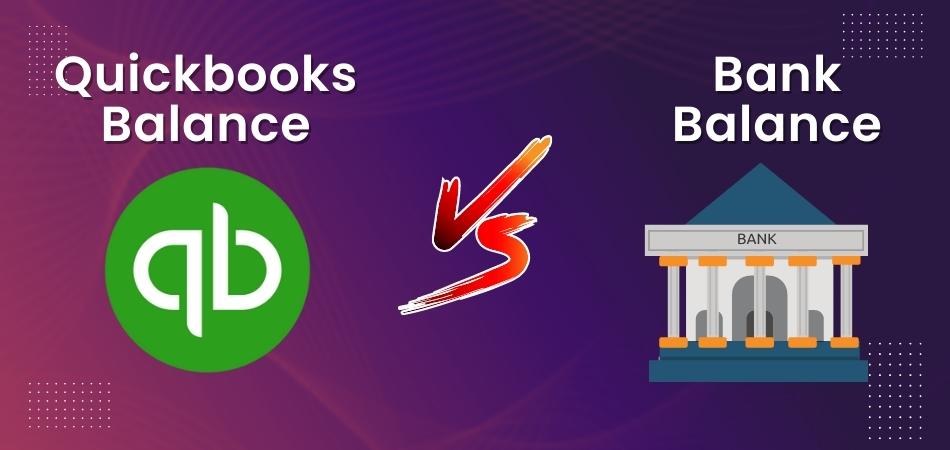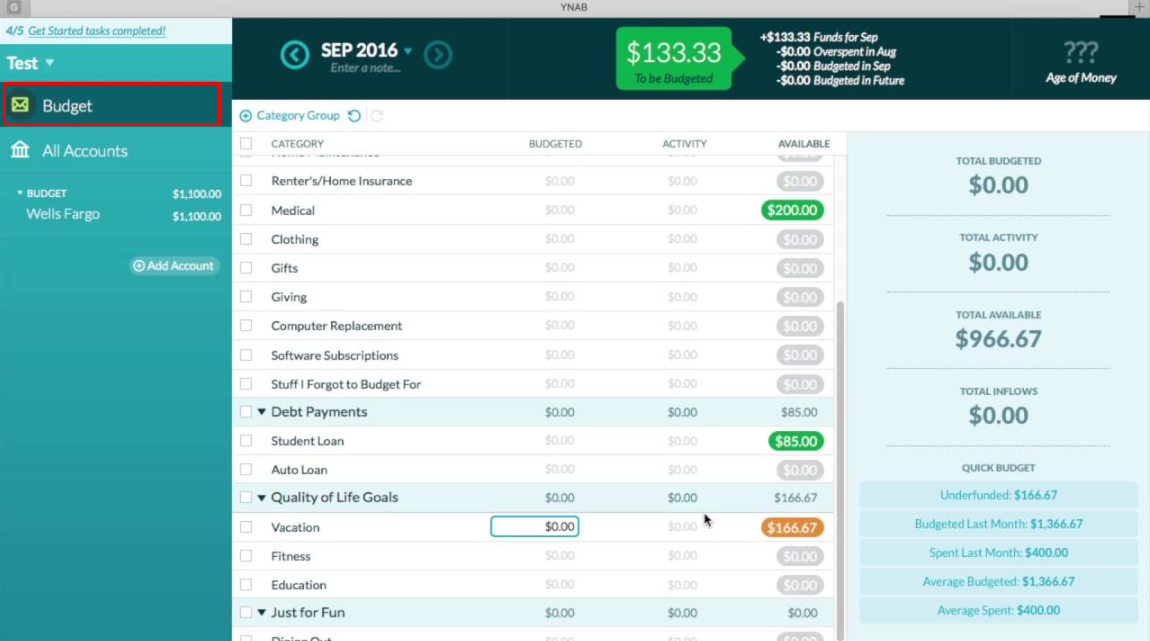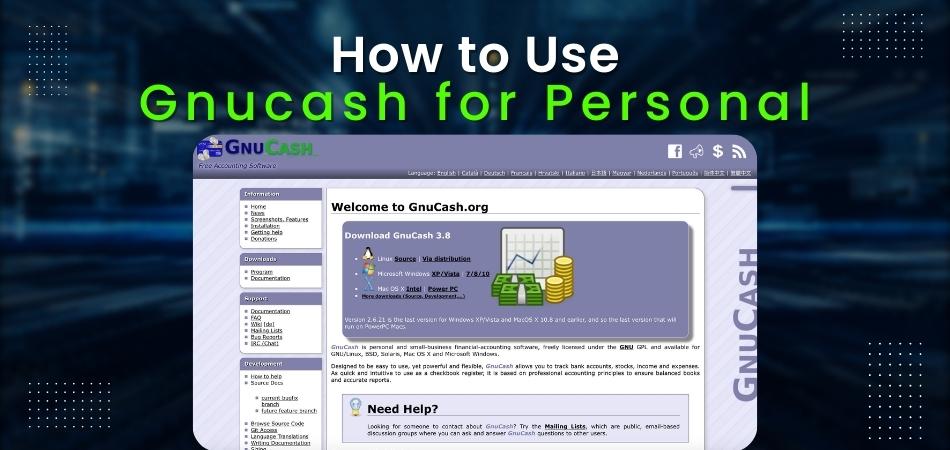Purchase APR made simple: Understand what it is and how it impacts your finances

Anúncios
One of the most important fees to be aware of is the purchase APR, known as the Annual Percentage Rate (APR), which determines how much interest you’ll pay if you carry a balance on your credit card.
When using a credit card, understanding interest rates is essential for managing your finances wisely.
Anúncios
But what exactly is a purchase APR, and how does it work? Is it the same as a standard interest rate? Are there other types of APRs you should know about?
In this article, we will answer all these questions, help you locate your APR, and provide strategies to avoid unnecessary interest charges. Keep reading to take control of your credit card finances!
Anúncios
What is a purchase APR?
Purchase APR is the interest rate applied to the unpaid balance of purchases made with a credit card.
If you don’t pay your balance in full by the due date, this rate determines how much extra you’ll owe in interest charges.
It is expressed as an annual percentage rate (APR) but is actually calculated and applied daily based on your outstanding balance.
Purchase APR varies depending on your credit card issuer, your creditworthiness, and current market conditions.
Some credit cards offer 0% purchase APR promotional periods, allowing you to make purchases without paying interest for a set time.
However, once this period ends, the standard APR takes effect, and any remaining balance begins to accrue interest.

How does purchase APR work?
Whenever you make a purchase with your credit card, that amount is added to your total balance.
- If you pay the full balance by the statement due date, you won’t owe any interest, thanks to the grace period most credit cards offer.
- If you carry a balance past the due date, the purchase APR starts accruing interest on the remaining amount.
Interest is typically calculated daily using the Daily Periodic Rate (DPR), which is determined by dividing your APR by 365 days.
This means that even a small unpaid balance can grow quickly over time due to compound interest.
For example, if your purchase APR is 20, and you have an outstanding balance of $1,000, the daily interest rate will be about 0.055% (20% ÷ 365 days).
This results in $0.55 of interest added per day, which can add up significantly if you don’t pay the balance quickly.
Is purchase APR the same as an interest rate?
The terms purchase APR and interest rate are often used interchangeably, but there is a slight difference.
While purchase APR refers to the total annual cost of borrowing money (including fees and compounding), the interest rate may refer only to the basic percentage charged on the balance.
In most cases, credit card APR = interest rate, since most credit cards don’t have extra financing fees.
However, for other types of loans, the APR may include additional costs such as origination fees, making it a broader measure of borrowing costs.
Understanding other types of APR
Besides purchase APR, credit cards come with other types of APRs that apply to different transactions. Understanding these can help you avoid unexpected charges and make better financial decisions.
Balance Transfer APR
This APR applies when you transfer an existing balance from one credit card to another, typically to consolidate debt.
Many credit cards offer 0% balance transfer APR for an introductory period (e.g., 12–18 months), allowing you to pay off debt without accruing interest.
However, once the promotional period ends, the regular balance transfer APR applies, which can be as high as a standard purchase APR.
Cash Advance APR
This is the interest rate charged when you use your credit card to withdraw cash from an ATM or bank.
Unlike purchases, cash advances start accruing interest immediately, with no grace period.
Additionally, they often come with higher APRs (usually 25% or more) and extra fees (typically 3–5% of the withdrawn amount), making them an expensive borrowing option.

Introductory APR
Many credit cards offer a 0% introductory APR on purchases or balance transfers for a limited time (typically 6 to 18 months).
This means you won’t pay interest on your purchases during this period, which can be useful for financing large expenses.
However, once the promotional period ends, the standard purchase APR applies to any remaining balance.
Penalty APR
If you miss a payment or violate your credit card terms, the issuer may impose a penalty APR, which is significantly higher than your regular purchase APR.
Some penalty APRs can exceed 29%, making it even more expensive to carry a balance.
In many cases, this rate remains indefinitely unless you make on-time payments for several consecutive months.
How to find your purchase APR
Your purchase APR can be found in several places:
- Credit Card Agreement – When you receive your credit card, the terms and conditions document outlines the applicable APRs.
- Monthly Statement – Your credit card statement shows your current APR and any interest charges applied.
- Online Account Portal – Most credit card issuers provide digital access to your account, where you can view APR details under the “Rates and Fees” section.
- Customer Service – If you can’t find your APR, call your card issuer and ask directly.
Knowing your APR is essential for managing credit card debt and planning your finances effectively.
Can you avoid paying purchase APR?
Yes! You can completely avoid purchase APR with good financial habits. Here’s how:
- Pay Your Balance in Full Every Month – The easiest way to avoid purchase APR is never carrying a balance. If you pay your full statement balance by the due date, you won’t owe interest.
- Take Advantage of 0% APR Offers – If you need to make a large purchase, consider using a credit card with a 0% introductory APR to spread out payments without interest. Just make sure to pay off the balance before the promo period ends.
- Set Up Automatic Payments – Missing a payment can hurt your credit score and trigger penalty APRs. Setting up automatic payments ensures you never forget to pay on time.
- Use Low-APR Credit Cards – If you tend to carry a balance, look for credit cards with lower APRs, as they reduce the amount of interest you’ll pay over time.

By understanding how purchase APR works and following these strategies, you can avoid unnecessary interest charges and use your credit card more effectively.
Understanding what purchase APR is crucial for responsible credit card use.
This interest rate directly impacts how much you’ll owe if you carry a balance, so knowing how it works — and how to avoid it — can save you money in the long run.
Now that you know the meaning of purchase APR, different types of APR, and how to find and manage your APR, you’re better equipped to make smart financial decisions.
Want more insights on credit cards and financial tips? Keep exploring our site for expert advice and guides! Learn how convenience checks work and when to use them wisely.
